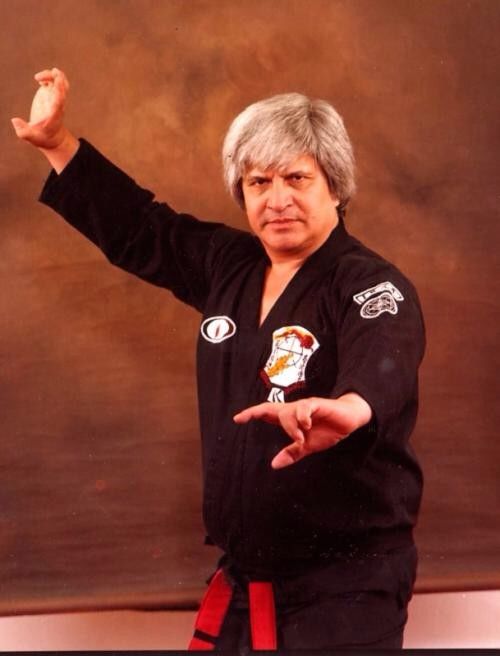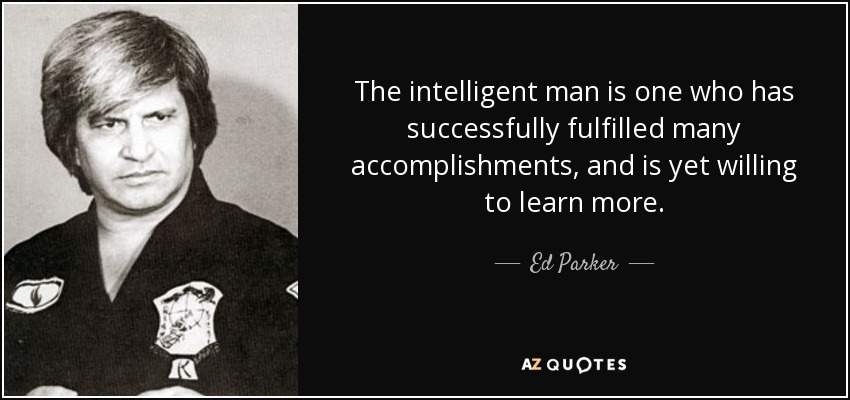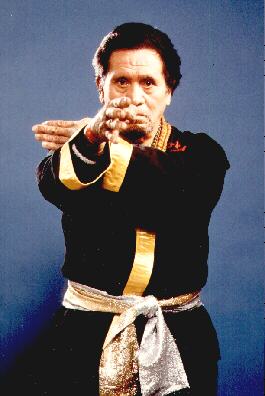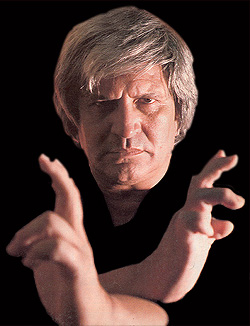History Of American Kenpo

Welcome to the History Of American Kenpo presented by the World Budo Alliance. American Kenpo Karate, also known as American Kenpo and Kenpo Karate. It is a hybrid system of martial arts based on modern-day street fighting that applies logic and practicality. Most of all it is characterized by the use of quick and powerful moves delivered from the body's natural hip swings. And powered by rapid stance transitions, called "shifting." Beginners are introduced to basic swings and foot work, which comprise a larger system taught through scripted scenarios. Which allow instructors a platform to share concepts and principles Ed Parker emphasized in his teachings.
Founded and codified by Ed Parker, American Kenpo is primarily a self-defense combat system. Parker made significant modifications to the original art of Kempo which he learned throughout his life. And did so by introducing or changing principles, theories, and concepts of motion, as well as terminology.
At the time of his passing in December 1990, Parker had created Short Form 1, Long Form 1, Short Form 2, Long Form 2, Short Form 3, Long Form 3, Long Form 4, Long Form 5 (Surprise Attacks), Long Form 6 (Bare Hands vs. Weapons), Long Form 7 (Twin Clubs), and Long Form 8 (Twin Knives).
Parker also created 154 named (ideal phase) technique sequences with 96 extensions, taught in three phases (Ideal, What-if and Formulation Phases). Mr Parker believed in tailoring Kenpo to the individual and would also encourage his students to explore the unknown areas of martial arts.
History Of American Kenpo
Ed Parker left behind a large following of instructors who honored his teachings by implementing many different versions of American Kenpo. As Senior Grand Master Parker did not name a successor to his art. But instead entrusted his senior students to continue his teachings in their own way. Sadly this error has caused great division. Today American Kenpo is very fragmented.

The modern history of American Kenpo began in Hawaii with James Mitose and the Official Self Defense Club located in Hawaii. William Chow, who was a student of Mitose and Thomas S.H Young, was the man Edmund Parker learned Kempo from. When Mr Parker left there was clearly bad blood between him and Chow. But then Chow was a difficult man to get along with. He was very aggressive and violent. Mitose would not promote him because of this.
History Of American Kenpo - William Chow

History Of American Kenpo: William Chow studied multiple martial arts in Hawaii. And this was including Danzan Ryu Jujutsu. He did so by observing his little brother John Chow's classes and working out with him, often using his knowledge of Ken Fat to device counters to the Jujutsu techniques.
There is much controversy over Chow, and Chow took credit for things that there is no evidence he did. He also claimed in an interview to be a 15th Dan Black Belt.
Parker, who was dubbed The Magician of Motion, started his martial arts training in Judo. Plus earning a black belt. He then studied western boxing from his father. Who was a boxing commissioner in Hawaii, before eventually training and earning a black belt from Chow in Kempo Karate. After Ed Parker moved to California, he cross-referenced his martial arts knowledge with Chinese martial arts masters in China. Mr Parker hosted a large martial arts tournament, the Long Beach Internationals, where he analyzed the attending martial artists and improved his own system. Thus eventually founding American Kenpo. Parker founded his own Kenpo association, The International Kenpo Karate Association (IKKA), after his students started teaching his art in other countries.
It was at his Internationals that Bruce Lee was first discovered by main stream martial arts.
History Of American Kenpo - Birth of American Kenpo
History Of American Kenpo: Edmond Parker started teaching other Hawaiian Islanders attending Brigham Young University in Provo, Utah in 1954. By 1956, he was teaching commercially in Provo. However in late in 1956, he opened a studio in Pasadena, California. Mr Parker published a book about his early system in 1960. The book has a heavy Japanese influence. And included the use of linear and circular movements. Also "focused" techniques and Jujutsu-style locks, holds, and throws. When Parker increased the Chinese arts content of his system, he began to refer to his art as Chinese Kenpo. Based on this influence, he wrote Secrets of Chinese Karate, published in 1963.
The system which came to be known as American Kenpo was developed by Parker as his Specific System. And featured Parker's revisions of older methods to work in more modern fighting scenarios. And Mr Parker heavily restructured American Kenpo's forms and techniques during this period. He moved away from methods that were recognizable from other arts and established a more definitive relationship between forms and the self-defense technique curriculum of American Kenpo. Mr Parker also eschewed esoteric Eastern concepts and sought instead to express the art in terms of Western scientific principles and metaphors. During this time, Parker also dropped most Asian language elements and altered traditions in favor of American English.
History Of American Kenpo - Edmund Parker

History Of American Kenpo: Over the years Ed Parker continually developed his art. Thereby causing students to learn different curriculum interpretations and arrangements depending on when they studied with him. Since many instructors had gone their own ways and didn't continue with Parker's teaching, Kenpo today has several different versions of techniques.
Importantly none of the versions are considered wrong. This is as long as it works for the individual practitioner. And this is what set Parker apart from many traditionalists who wanted to make students into exact replicas of their instructors. American Kenpo should be tailored to fit each individual student by a competent instructor.
While Parker was labeled a rebel when he first introduced his revolutionary ideas, they have since been tested and proven by members of the military, law enforcement, and civilians. Many have successfully survived violent situations due to the training they received in American Kenpo.
One of Parker's best-known students was singer/actor Elvis Presley. Whom he awarded a 7th degree black belt.
Sadly American Kenpo has much misinformation about it. But this is the politics of what happens when egos flair in the martial arts. Edmund Parker was a good man, and a true martial arts genius. I hope his follows will someday unit and bring American Kenpo to the highs it so richly deserves.
Thank you for reading the History Of American Kenpo.